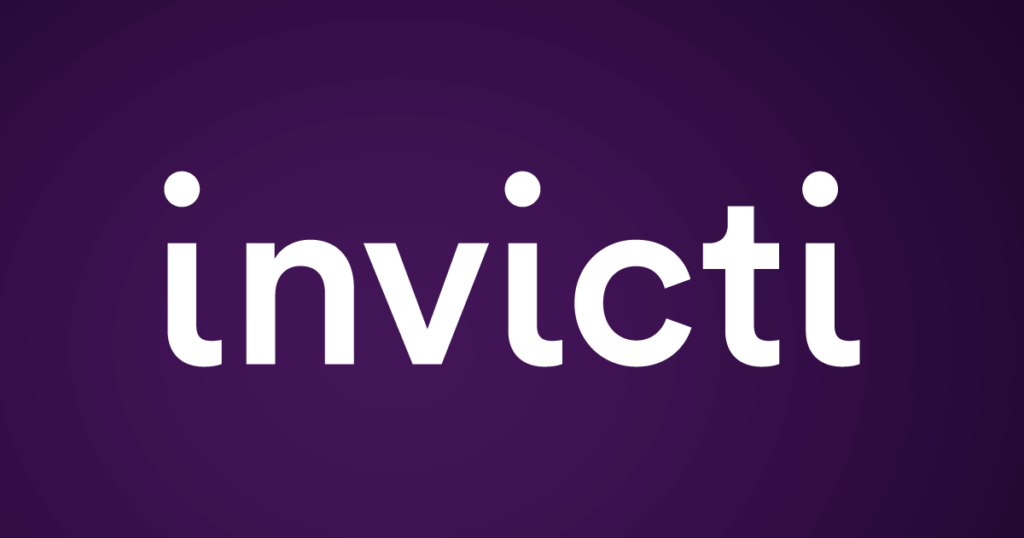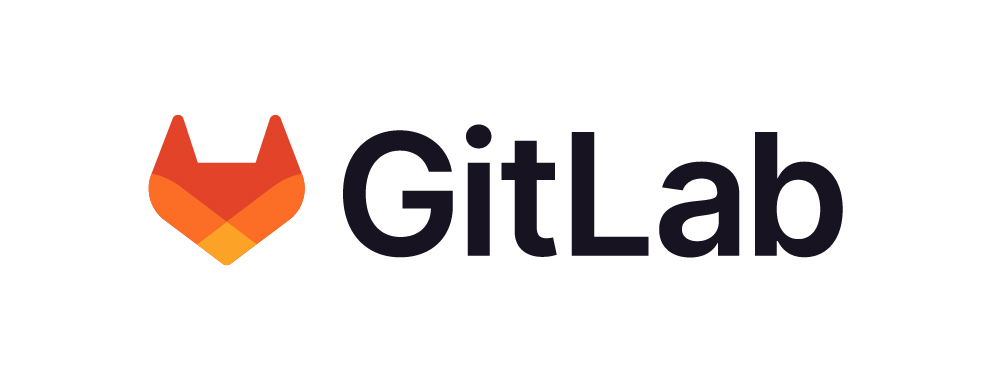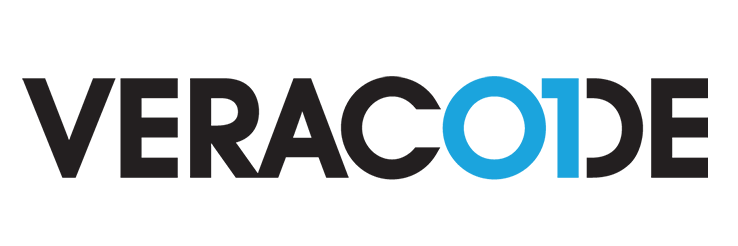Dynamic Application Security Testing (DAST) tools have become essential for today’s application security programs. With API traffic comprising 71% of web interactions and development teams deploying code multiple times daily, traditional security testing approaches can’t identify vulnerabilities at the pace they need to.
For security professionals evaluating solutions, this comprehensive analysis will explore the top 10 modern DAST tools for 2025, and provide practical guidance on choosing the best tool for your organization’s dynamic scanning needs.
DAST vs SAST: Why You Need Both
Static Application Security Testing (SAST) tools analyze source code during development and identify vulnerabilities early when they’re cheapest to fix. DAST tests running applications from an external perspective to identify runtime issues, configuration problems, and deployment-specific security vulnerabilities that SAST misses.
Key differences:
- SAST: White-box testing, requires source code access, finds code-level issues
- DAST: Black-box testing, tests deployed applications, validates actual exploitability
The most effective security programs use both approaches to help cover the entire software development lifecycle. SAST catches security flaws during development, while DAST validates security in production-like environments and identifies runtime vulnerabilities. Modern organizations implement comprehensive SAST and DAST tools to achieve complete web application security coverage.
Essential DAST Tool Evaluation Criteria
Every organization’s dynamic application security testing needs are different. You’ll want to determine your priorities and the key features that are most relevant to your unique development process and security posture. When comparing DAST solutions, consider these critical capabilities:
Technical Requirements
- Dynamic API Testing: GraphQL, REST, and gRPC support for modern architectures
- Authentication Handling: Multi-factor authentication, SSO, and complex auth flows
- JavaScript Execution: Full SPA support and dynamic content crawling
- Accuracy: Low false positive rates with proof-based vulnerability validation
- Web Application Coverage: Comprehensive security testing tools for web application security testing
Integration and Workflow
- CI/CD Integration: Native support for Jenkins, GitLab, GitHub Actions, Azure DevOps
- Developer Experience: Clear reporting, actionable remediation guidance, IDE integration
- Automation: Scheduled scanning, incremental scans, policy-based testing
- DAST DevOps: Seamless integration into modern development pipelines without friction
Enterprise Considerations
- Scalability: Multi-application support, concurrent scanning capabilities
- Compliance: PCI DSS, HIPAA, GDPR reporting and audit trails
- Deployment Options: Cloud, on-premises, hybrid configurations
- Vendor Support: Quality documentation, responsive support, and transparent pricing models that scale with organizational growth
Top 10 Dynamic Application Security Testing Tools Comparison
| DAST Tool | Strengths | Weaknesses | Price Point |
| StackHawk | • Developer-centric with 20-minute setup • Complete API discovery from source code • Seamless CI/CD integration • Strong GraphQL/REST/gRPC support | • Learning curve for non-developers • Newer platform (less market presence) • Limited manual testing capabilities | Moderate |
| Invicti | • Proof-Based Scanning (99.98% accuracy) • 7,000+ vulnerability types • Scalable with unlimited concurrent scans | • Higher cost • Complex setup and configuration • Steep learning curve | High |
| Acunetix | • Fast SmartScan technology • Excellent for complex web applications • User-friendly • 12,000+ vulnerability types | • Premium price • Potential for false positives • Limited API testing capabilities | High |
| Burp Suite | • Blend of automated/manual tools • Strong community support • Flexible with extensive plugin ecosystem | • Steep learning curve for beginners • Complex UI • Limited automation for CI/CD | Moderate |
| GitLab | • Integrated in GitLab ecosystem • Streamlined workflows • Cohesive solution with zero config | • Limited appeal outside GitLab • Less extensive than specialized tools • Fewer features overall | Included in GitLab Ultimate |
| Bright Security | • Early-stage security automation • Zero false positives guarantee • Strong CI/CD integration | • Lacks advanced enterprise features • Newer to market • Less recognition | Moderate |
| Checkmarx | • Powerful SAST-DAST correlation • Extensive integration capabilities • Ideal for large-scale enterprise use | • Complex for smaller organizations • Requires significant setup and training • Higher total cost of ownership | High |
| Veracode | • Cloud-native architecture • Scalable for multiple applications • Sub-5% false positive rates | • Resource-intensive • Steep learning curve • Remediation guidance lacks code patches | High |
| Rapid7 InsightAppSec | • Cloud and on-prem engines • Attack Replay feature • Exceptional user experience | • Manual API schema updates • Verbose logs/long scans • Limited API testing capabilities | Moderate |
| HCL AppScan | • Advanced ML for complex applications • Compliance-ready with IAST • Incremental scanning capabilities | • Requires significant configuration/tuning • Expensive licensing • Complex legacy UI | High |
1. StackHawk

Best for: Cloud-native companies with high-velocity development teams and API-first architectures
StackHawk leads in developer experience with true shift-left security architecture. Their HawkAI technology automatically discovers APIs from source code repositories, addressing the critical challenge of shadow APIs that emerge outside governance and remain invisible to traditional security tools. Unlike conventional DAST solutions that rely on endpoint discovery and only see public APIs, StackHawk provides complete attack surface visibility by analyzing where code lives—revealing legacy systems, rapidly evolving applications, and shadow APIs that traditional methods miss entirely.
This source-code-first approach enables data-driven prioritization based on commit frequency, sensitive data flows, technology stacks, and actual business risk rather than intuition-based security decisions. Security teams can focus their limited resources on protecting what matters most, while developers receive immediate, actionable feedback with clear remediation guidance in their own language.
Key Strengths:
- 20-minute setup with YAML configuration
- Complete API attack surface discovery from source code repositories
- Native GraphQL and gRPC support for modern architectures
- Docker-based DAST scanning tool for consistent execution
- Continuous visibility that moves beyond point-in-time security snapshots
- Data-driven risk assessment and prioritization capabilities
- Strong Microsoft ecosystem integration
Pricing: Free developer trial, enterprise tiers based on contributors
2. Invicti (formerly Netsparker)

Best for: Large enterprises with mature AppSec programs requiring high accuracy and comprehensive coverage
Invicti’s Proof-Based Scanning™ technology delivers 99.98% accuracy, virtually eliminating false positives. The platform supports unlimited concurrent scans with detection of 7,000+ vulnerability types.
Key Strengths:
- Industry-leading accuracy with proof-based validation
- Predictive Risk Scoring using AI analysis of 220+ parameters
- DAST + IAST integration for deeper visibility
- Comprehensive enterprise scalability
Pricing: Premium enterprise pricing
3. Acunetix

Best for: Small to medium businesses with WordPress-heavy environments and teams with limited security expertise
Acunetix provides accessible enterprise-grade DAST with SmartScan technology that finds 80% of vulnerabilities in the first 20% of scan time. Strong WordPress and CMS-specific vulnerability detection.
Key Strengths:
- Rapid scanning with SmartScan technology
- 12,000+ vulnerability detection including CMS-specific issues
- Cross-platform compatibility (Windows, Linux, macOS)
- Transparent pricing structure
Pricing: $4,500 to $26,600 annually across six tiers
4. Burp Suite

Best for: Security consultants, penetration testers, and security research teams
The gold standard for manual security testing and for teams who prefer to combine DAST with penetration testing, Burp Suite combines powerful automation with granular control. Extensive plugin ecosystem through BApp Store enables infinite customization.
Key Strengths:
- Unmatched manual testing capabilities
- Comprehensive proxy and traffic analysis tools
- Extensive plugin ecosystem
- Strong community and research focus
Pricing: Community (free), Professional ($399/year), Enterprise (custom)
5. GitLab DAST

Best for: GitLab-centric organizations prioritizing integrated toolchains over best-of-breed solutions
GitLab DAST is natively integrated with GitLab’s DevSecOps platform and provides seamless security testing. Version 5 introduces browser-based scanning with specialized Chromium instrumentation.
Key Strengths:
- Zero configuration overhead with built-in CI/CD templates
- Results integrated directly into merge requests
- Unified security dashboard across testing types
- Cost-effective for existing GitLab users
Pricing: Included in Ultimate tier ($99/user/month)
6. Bright Security

Best for: Mid-market companies with API-first architectures seeking early SDLC security integration
Bright Security guarantees zero false positives through AI-powered validation. Developer-first design enables security testing as early as unit testing phases.
Key Strengths:
- Zero false positives guarantee
- AI-powered vulnerability remediation with automatic code generation
- Fast scanning with minimal development impact
- Strong API and SPA support
Pricing: Starting at $99/month, enterprise custom pricing
7. Checkmarx DAST

Best for: Large enterprises with unified security programs and vendor consolidation strategies
Part of the Checkmarx One platform, providing comprehensive application security testing. Recent ZAP team acquisition enhances the world’s most popular DAST engine.
Key Strengths:
- SAST-DAST correlation for comprehensive visibility
- Global API Inventory across security testing types
- Enterprise-grade scalability and ASPM capabilities
- Enhanced with ZAP expertise
Pricing: Enterprise-focused, part of unified platform
8. Veracode DAST

Best for: Highly regulated enterprises with substantial security budgets requiring comprehensive security programs
Enterprise-grade DAST within a unified security platform. AI-enhanced scanning achieves sub-5% false positive rates while maintaining comprehensive coverage.
Key Strengths:
- Three-click setup despite sophisticated capabilities
- Production-safe scanning behind firewalls
- Strong compliance and governance capabilities
- Cloud-native architecture with continuous improvements
Pricing: $20,000-$25,000+ annually for DAST services
9. Rapid7 InsightAppSec

Best for: Mid-market enterprises prioritizing user experience, developer collaboration, and compliance requirements
Rapid7’s DAST tool provides a modern UI with intuitive workflows built on the proven Insight platform. Attack Replay feature enables developers to independently validate vulnerabilities.
Key Strengths:
- Exceptional user experience and modern interface
- Attack Replay for independent vulnerability validation
- Universal Translator for modern application understanding
- Strong Atlassian integration
Pricing: Mid-market enterprise pricing
10. HCL AppScan

Best for: Budget-conscious SMBs seeking comprehensive security testing across diverse application portfolios
All-in-one security testing platform combining DAST, SAST, IAST, Software Composition Analysis (SCA), and mobile security. Building on IBM legacy with enhanced AI capabilities.
Key Strengths:
- Comprehensive security testing suite
- Interactive Application Security Testing (IAST) capabilities
- Flexible deployment options
- Cost-effective enterprise capabilities
Pricing: Per-user and floating licenses, 30-day free trial
Making the Right Choice: How to Select Your DAST Solution
Selecting the optimal DAST tool requires aligning technical capabilities with organizational needs. The key is understanding that no single dynamic application security tool excels in every scenario – success depends on matching capabilities to your specific requirements and constraints.
Consider your application architecture when evaluating tools. API-first organizations need strong GraphQL and REST testing capabilities alongside complete attack surface discovery that reveals shadow APIs emerging outside governance. Teams building single-page applications require sophisticated JavaScript crawling. Microservices architectures demand tools understanding distributed systems and the complex interdependencies between services. Legacy applications may need traditional scanning approaches that newer tools have abandoned.
Budget and resources significantly impact the selection of dynamic application security testing tools. While enterprise platforms provide comprehensive capabilities, their complexity and cost may overwhelm smaller teams. Mid-market solutions like Acunetix or Rapid7 InsightAppSec balance functionality with accessibility. Open-source options and community editions enable teams to start small and grow. Evaluate total cost including licensing, training, and implementation time.
Plan for successful implementation from the start. Begin with a proof of concept testing DAST tools against representative web applications to evaluate false positive rates with your specific tech stack and assess integration complexity with existing toolchains. Consider scanning frequency and performance impact, evaluate concurrent scanning capabilities, and plan for team training and adoption.
Move beyond point-in-time security snapshots. Modern development requires continuous protection that automatically discovers APIs as they’re created and monitors security coverage across your software development ecosystem. Traditional scheduled scanning approaches leave dangerous gaps where new vulnerabilities can emerge and multiply between testing cycles.
Measure success by tracking vulnerability detection rates and remediation times, monitoring false positive trends and accuracy improvements, and assessing developer adoption and workflow integration.
DAST Tools Comparison: Selection Framework
For Developer-Centric Teams: Choose StackHawk or Bright Security for seamless CI/CD integration, developer-friendly workflows, and continuous API discovery that keeps pace with rapid development cycles.
For Large Enterprises: Consider Invicti or Veracode for comprehensive coverage, enterprise scalability, and governance capabilities that support mature security programs.
For API-First Organizations: Prioritize tools with strong GraphQL, REST, and gRPC support like StackHawk, Bright Security, or Invicti. Ensure complete attack surface visibility that reveals shadow APIs and provides risk-based prioritization.
For Budget-Conscious Teams: Evaluate Acunetix for SMB-friendly pricing or HCL AppScan for comprehensive capabilities at lower cost.
For GitLab Users: GitLab DAST provides seamless integration if you’re already invested in the platform.
The Future of DAST Tools: Why Developer-First Security Tools Win
Modern DAST tools have evolved far beyond legacy scanners to become essential components of DevSecOps programs. As development teams embrace AI-powered coding, API-first architectures, and continuous deployment, the need for developer-friendly security testing has never been greater.
The challenge facing organizations today is maintaining security rigor while matching the pace of innovation. Traditional security practices struggle to keep up as AI tools exponentially accelerate code production, creating a perfect storm of expanding API attack surfaces and teams stretched too thin to protect their modern web applications effectively.
StackHawk emerges as the clear leader for modern, developer-centric organizations. While enterprise platforms like Invicti and Veracode serve traditional security teams well, StackHawk’s developer-first approach addresses the reality of modern software development where security must become an enabler of innovation rather than a constraint.
With 20-minute setup, native CI/CD integration, and AI-powered API discovery from source code repositories, StackHawk transforms security from scheduled, snapshot testing to continuous protection. This approach ensures that as new APIs emerge and development accelerates, security capabilities evolve alongside them without compromising protection or slowing innovation.
The fundamental shift in application security is about empowering developers to own security throughout the development lifecycle. StackHawk’s YAML-based configuration, Docker scanning, and seamless integration with modern development workflows make security testing as natural as unit testing, enabling the cultural alignment between security and development teams that’s essential for delivering secure applications at business speed.
Organizations that thrive in the AI era will be those that transform their approach to security—moving from periodic assessment to continuous protection, from siloed teams to shared responsibility, and from reacting to vulnerabilities to preventing them by design.
Ready to transform your dynamic application security testing? See how StackHawk can integrate seamlessly into your development workflow, discover your complete API attack surface, and catch vulnerabilities before they reach production. Schedule a demo to experience the future of developer-first DAST.


